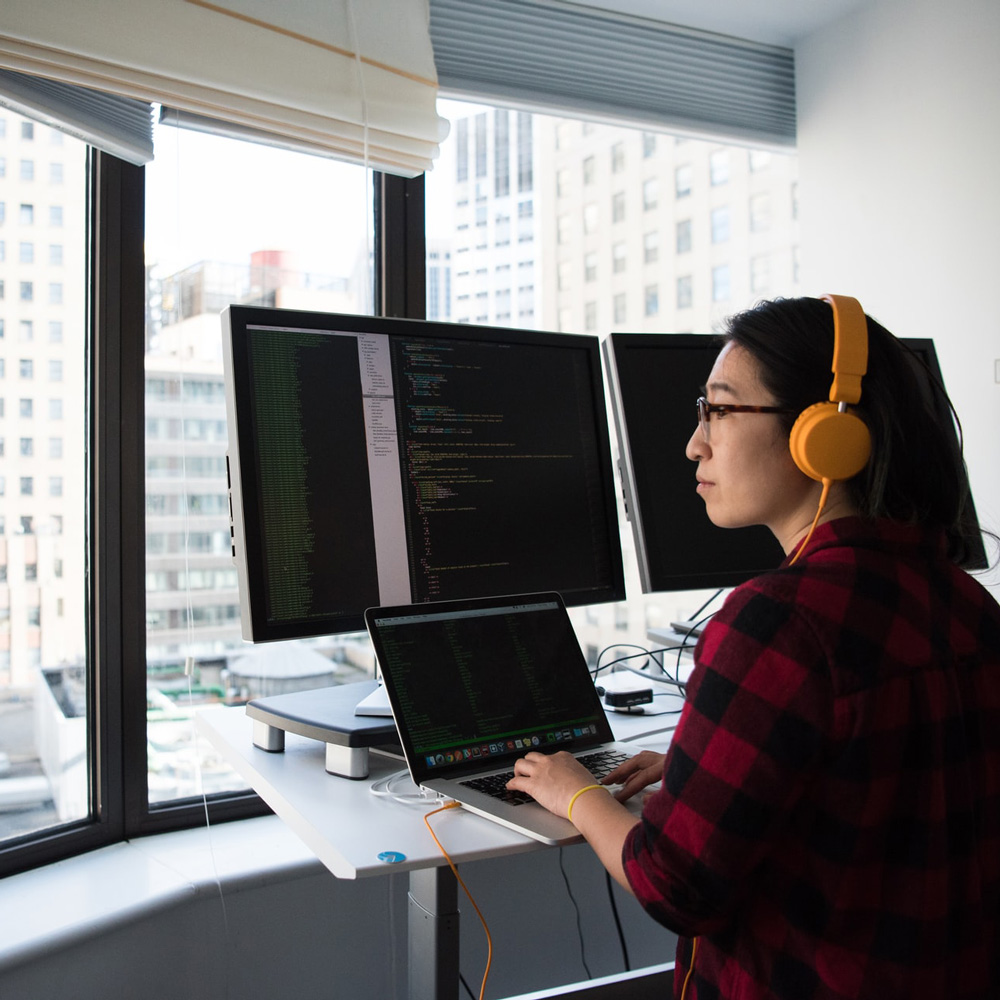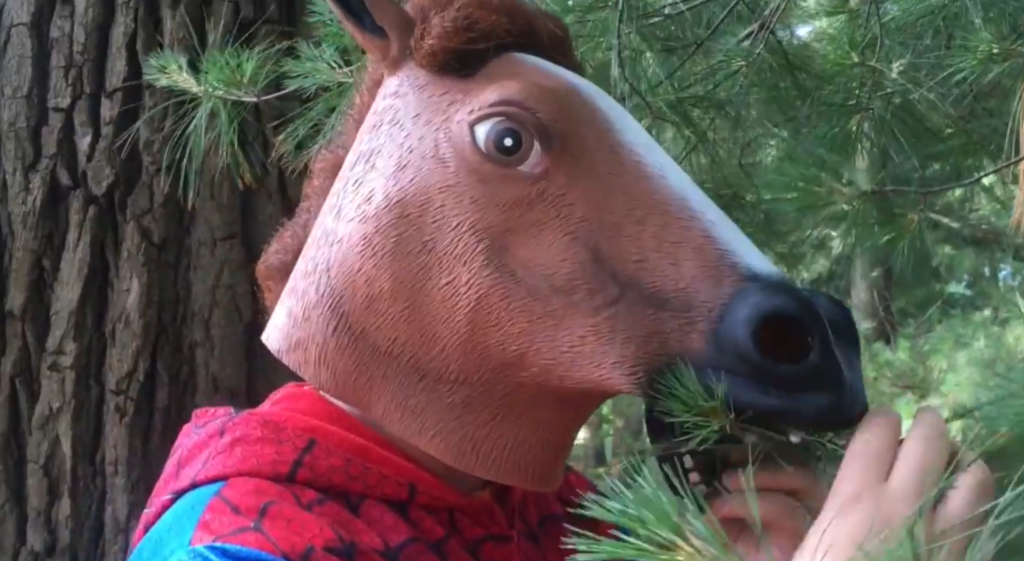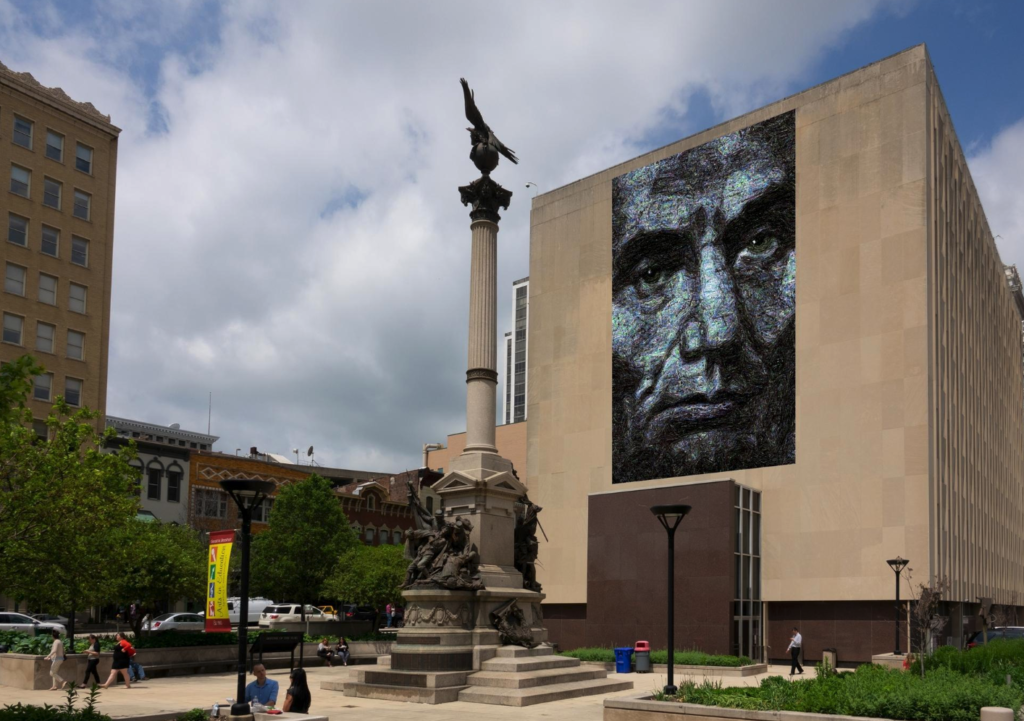Power of Diversity
Power of Diversity A PAME Photo Exhibition Many creative and persevering children from different backgrounds and cultures inspired the creation of Performing Arts Master Classes and Events (PAME). Thousands of youth have participated in PAME campaigns with the purpose of helping their community understand their needs. PAME gives children and youth a voice in philanthropy through the arts. …






